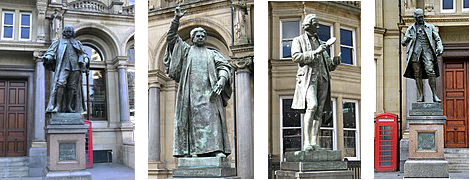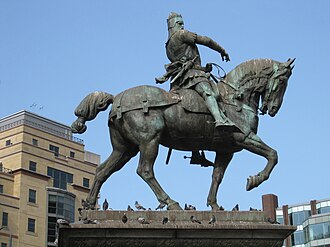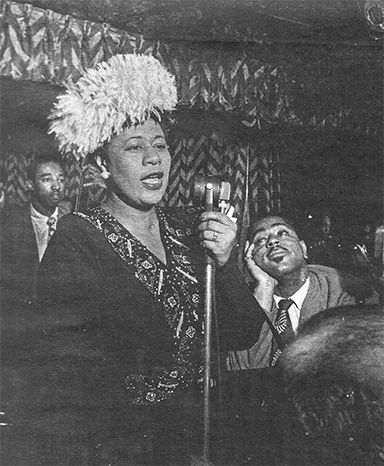Our love, equality’s blood now spills and foams
Stabbed by fantasists and dictators with loud fuss
We mourn the loss of freedom taken from us
Supporters held in thrall, dismayed as truth hits home
Democracy is murdered as those fools stand by – witless
Our love, equality’s blood now spills and foams
Stabbed by fantasists and dictators with loud fuss
We poets must respond and fight with sharp-edged poems
Not just to mourn our lost love, blazon our distress
But as a call to arms for all to rise and seek redress
Our love, equality’s blood now spills and foams
Stabbed by fantasists and dictators with loud fuss
We mourn the loss of freedom taken from us…
© Andrew Wilson, 2025
Over at dVerse Poets Pub, Grace in Poetry Forms invites us to try the English Madrigal – a complex form which was often a song and often too, referring to love. This is a somewhat different love song for the dark times we live in – not just in America but across many countries around the world that will nevertheless be made worse by what is happening there.
Key Features of the English Madrigal
Content: Often includes a theme of love
Structure of an English madrigal
*Usually written in iambic pentameter.
*Comprised of three stanzas: a tercet, quatrain, and sestet.
*All three of the lines in the opening tercet are refrains.
Form: A thirteen-line form in three stanzas:
Stanza 1] Tercet -Three lines
Stanza 2] Quatrain – Four lines
Stanza 3] Sestet – Six lines
Rhyme and Refrain of an English Madrigal
[L1] A (refrain 1)
[L2] B1 (refrain 2)
[L3] B2 (refrain 3)
[L4] a
[L5] b
[L6] A (refrain 1)
[L7] B1 (refrain 2)
[L8] a
[L9] b
[L10] b
[L11] A (refrain 1)
[L12] B1 (refrain 2)











